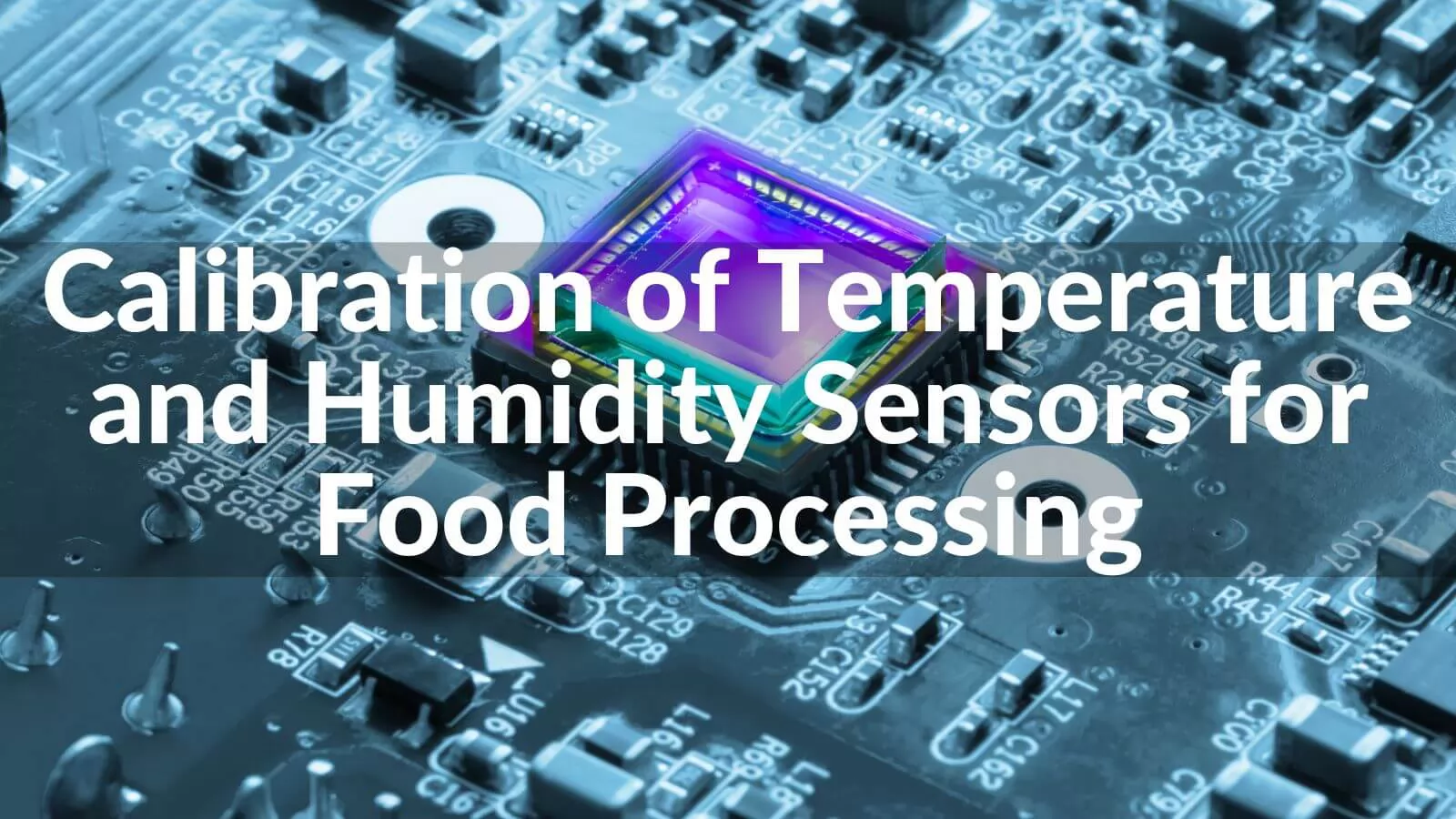
Accurate temperature and humidity measurement play a critical role in the food processing industry, ensuring product quality, safety, and compliance with regulatory standards. The precise control and monitoring of temperature and humidity levels are vital for preserving the freshness, taste, and nutritional value of food products throughout various stages of processing, storage, and transportation.
In order to maintain ideal conditions and stop the growth of hazardous microbes, spoilage, and other quality problems, temperature and humidity sensors are crucial instruments in this endeavour. These sensors offer real-time information that aids in making knowledgeable decisions and putting into place the necessary measures to guarantee the consistency and safety of food items.
The interior and external temperatures of food products, processing machinery, and storage facilities are precisely measured using temperature sensors. They make it possible to precisely monitor the cooking, cooling, and heat treatment operations, ensuring that food is cooked or chilled to the ideal temperatures for the best possible food safety and quality. By keeping track of temperature changes, these sensors help to maintain stable and regulated conditions, reducing the possibility of bacterial growth, enzymatic activity, and chemical reactions that can impair the quality of food.
1. What is the Standard for Humidity Sensor Calibration?
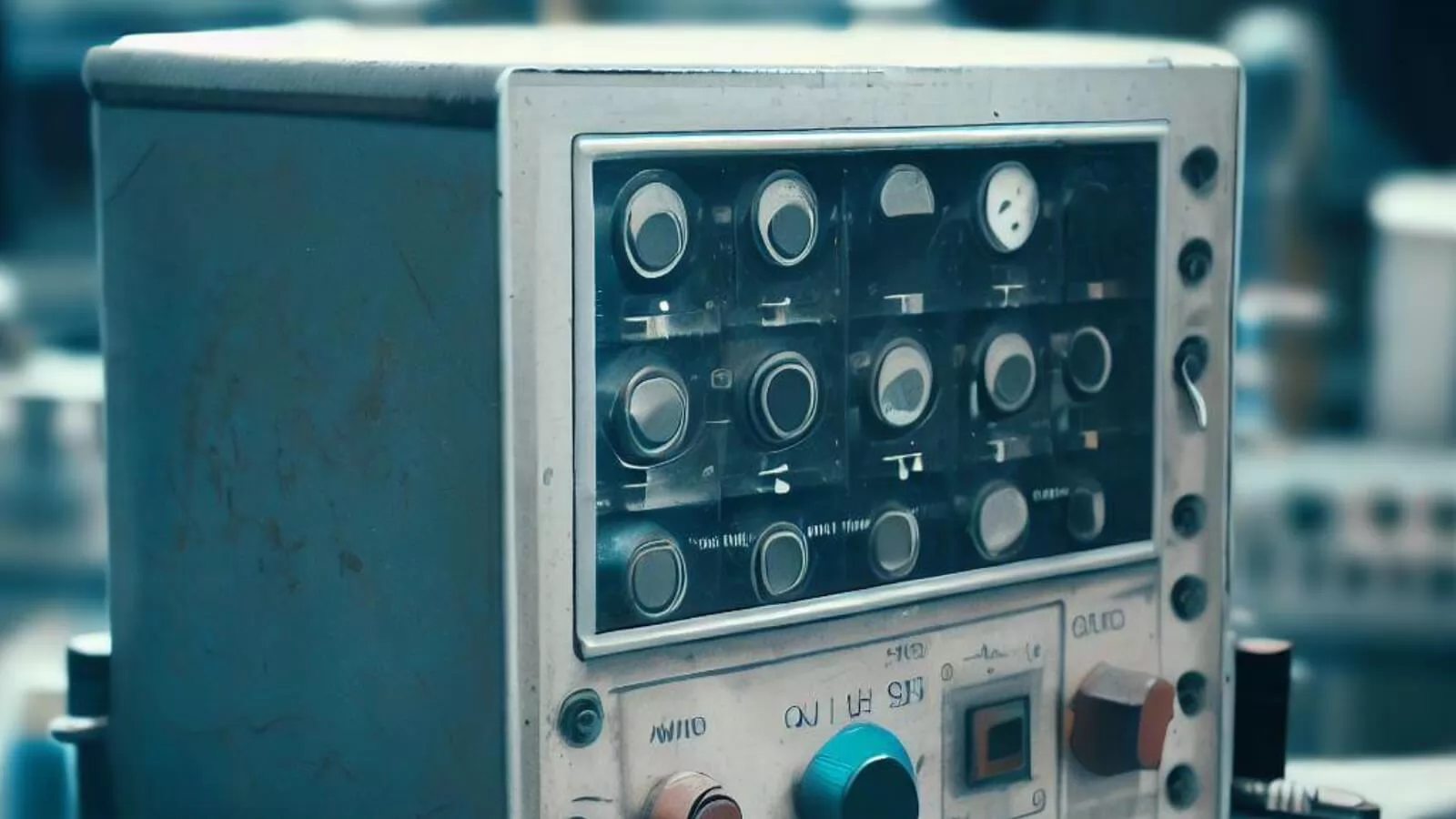
A. Importance of having a standard calibration procedure for humidity sensors:
Standard calibration procedures for humidity sensors ensure consistency, accuracy, and comparability of measurements across different devices and laboratories. These standards provide guidelines for conducting calibration and help establish traceability to internationally recognized reference standards.
B. ISO standards for humidity sensor calibration:
The International Organization for Standardization (ISO) has developed standards specifically addressing humidity measurement and calibration. One such standard is ISO 17025, which outlines general requirements for the competence of testing and calibration laboratories. ISO 17025 emphasizes the importance of calibration traceability, quality control, and proficiency testing.
ISO 17025 also references other ISO standards that are specific to humidity calibration, such as ISO 17572, ISO 18638, and ISO 21877. These standards provide detailed guidelines and methods for calibrating humidity sensors, including the use of calibration chambers, calibration procedures, and uncertainty estimation.
Adhering to ISO standards for humidity sensor calibration ensures that measurements are accurate, reliable, and internationally recognized. Compliance with these standards enhances confidence in humidity measurements and supports quality assurance in the food processing industry.
2. How Often Must Food Temperature Probes be Calibrated?
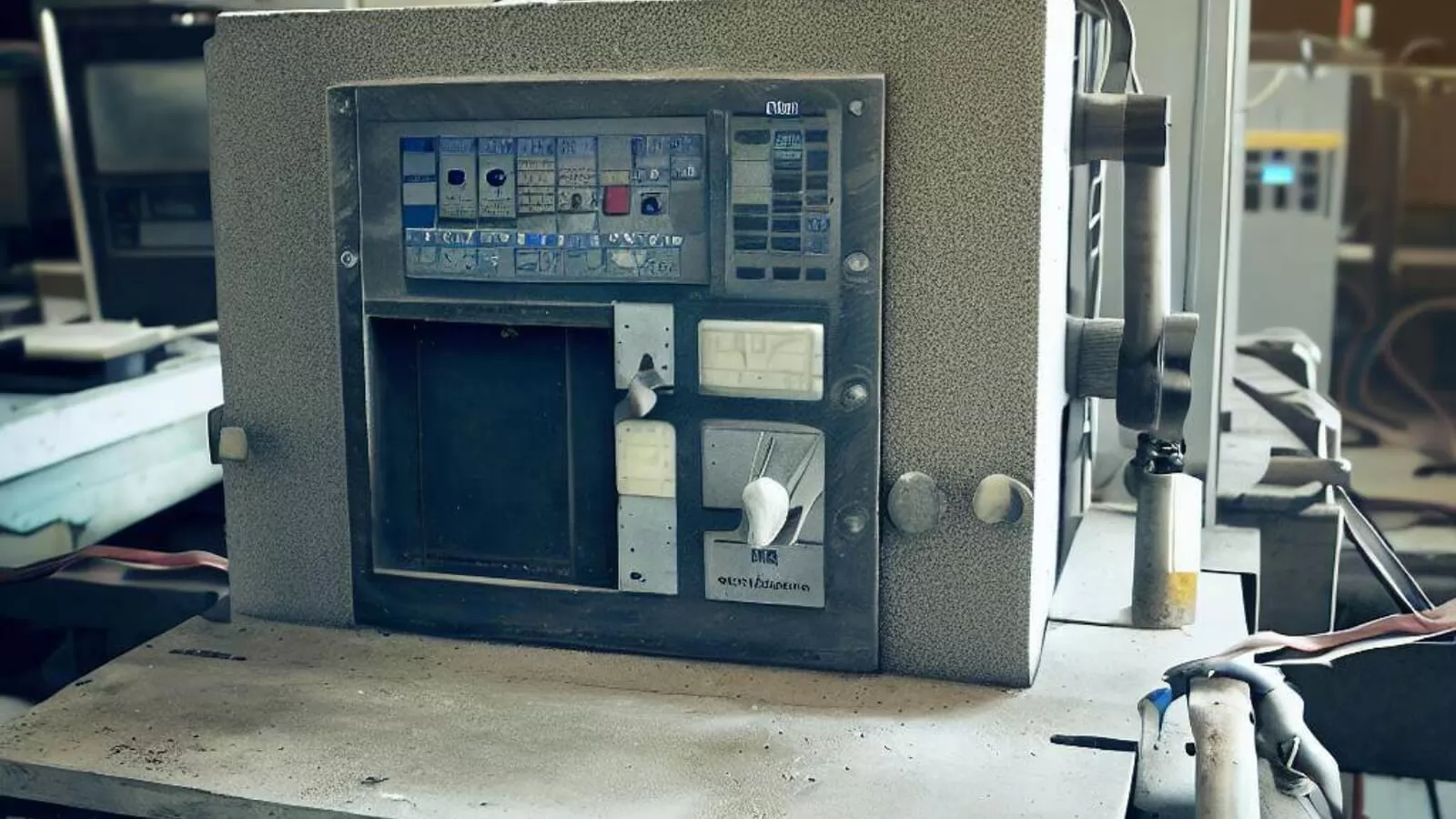
Calibration frequency for food temperature probes depends on various factors, including industry regulations, guidelines, and usage patterns. While specific requirements may vary, the general recommendation is to calibrate food temperature probes at regular intervals to maintain accuracy and reliability.
Regulatory bodies, such as food safety agencies or quality control organizations, often establish guidelines or requirements regarding calibration frequency for temperature probes. These guidelines are designed to ensure that temperature measurements are precise and meet the necessary standards for food safety.
Usage patterns and environmental conditions also play a role in determining calibration frequency. Food temperature probes subjected to heavy usage or exposed to harsh environments may require more frequent calibration. On the other hand, probes used less frequently or in controlled environments may have longer calibration intervals.
It is important for food processors to establish a calibration schedule based on regulatory requirements, industry guidelines, and the specific conditions in which the temperature probes are used. Regular calibration of food temperature probes helps maintain accurate temperature measurements, ensuring the safety and quality of food products.
3. What is the Best Accurate Temperature and Humidity Sensor?
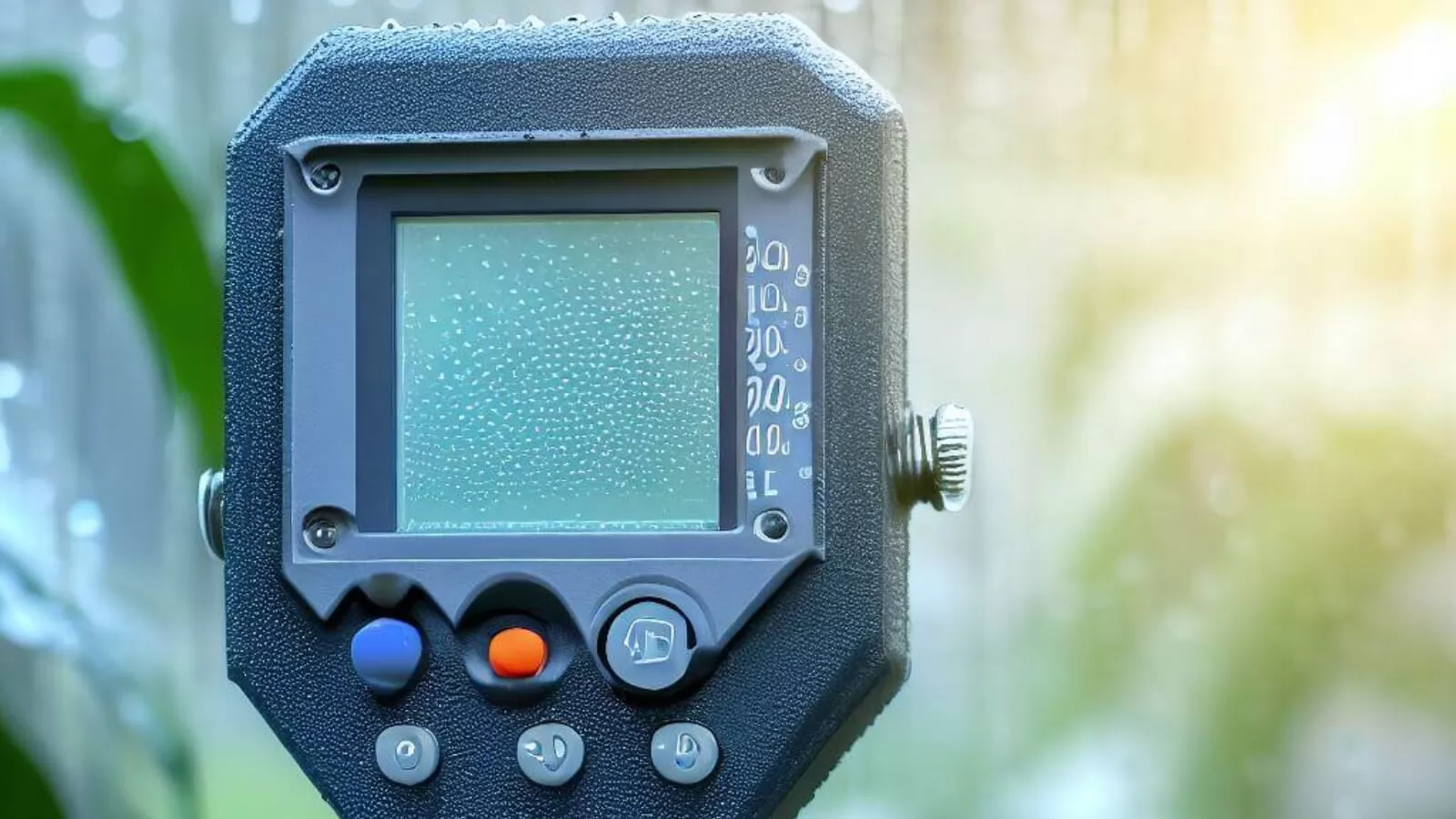
The optimum temperature and humidity sensor for food processing should be chosen based on a number of parameters, including:
➢ Accuracy and precision: To ensure accurate data, look for sensors that offer high accuracy and precision in temperature and humidity measurements.
➢ Compatibility: Consider sensors that are suitable with the temperature ranges, humidity ranges, and environmental conditions necessary for the food processing business.
➢ Reliability and robustness: Pick sensors from reputed producers that are recognised for creating goods that are able to endure the rigours of food processing settings.
➢ Calibration capabilities: Opt for sensors that can be easily calibrated and adjusted for accuracy as per calibration requirements.
➢ Compliance with standards: Consider sensors that adhere to relevant industry standards and certifications, ensuring their performance meets recognized quality benchmarks.
Consulting with suppliers or experts in the field of temperature and humidity sensors can provide valuable insights and recommendations on the best options available in the market. Conducting thorough research and evaluating the specific needs of the food processing operation will help in selecting the most suitable and accurate temperature and humidity sensors.
4. What is Calibration in the Food Industry?
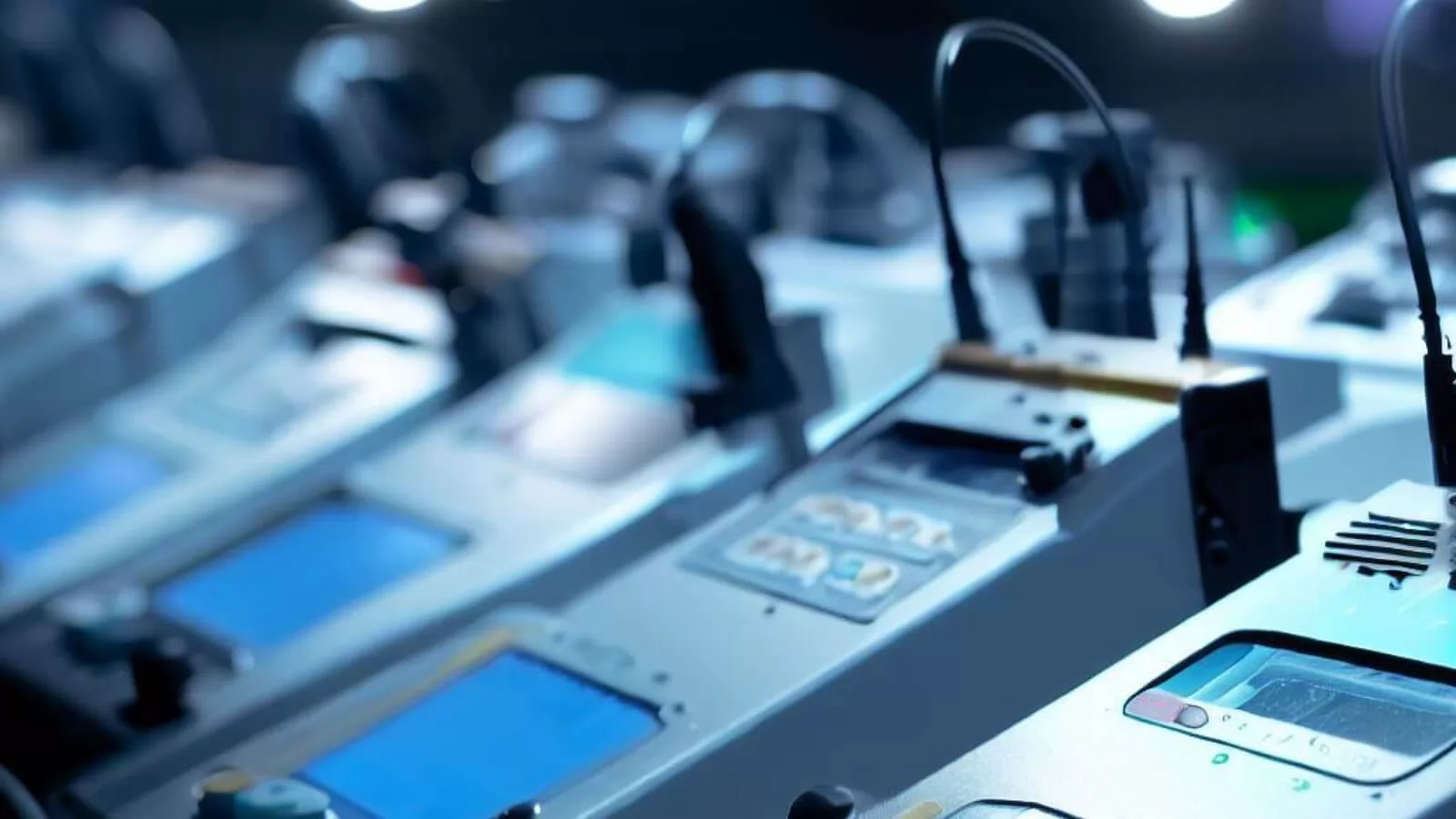
Calibration in the food industry refers to the process of adjusting and verifying the accuracy of temperature and humidity sensors, as well as other measurement instruments used in food processing. It is a critical quality control practice that ensures the reliability and precision of measurements, contributing to the overall safety and quality of food products.
The calibration process involves comparing the readings of the sensors against known reference standards or traceable measurement equipment with a known level of accuracy. Any deviations or inaccuracies in the sensor readings are identified, and appropriate adjustments are made to align the measurements with the desired accuracy.
In the food industry, accurate temperature and humidity measurements are essential for various processes, including cooking, cooling, storage, and transport. Precise control of temperature and humidity levels helps prevent the growth of harmful microorganisms, preserves the freshness of ingredients, and maintains the quality and safety of food products.
Regular calibration of temperature and humidity sensors in the food industry is essential to ensure accurate measurements. Regulatory authorities and industry standards often require food processors to have a documented calibration program in place, specifying the calibration frequency, procedures, and traceability to recognized standards.
Conclusion
Accurate temperature and humidity measurement is of utmost importance in the food processing industry to ensure product quality, safety, and compliance with regulatory standards. Temperature and humidity sensors play a crucial role in monitoring and controlling these parameters throughout various stages of food processing.
If you have other questions, please contact us!



